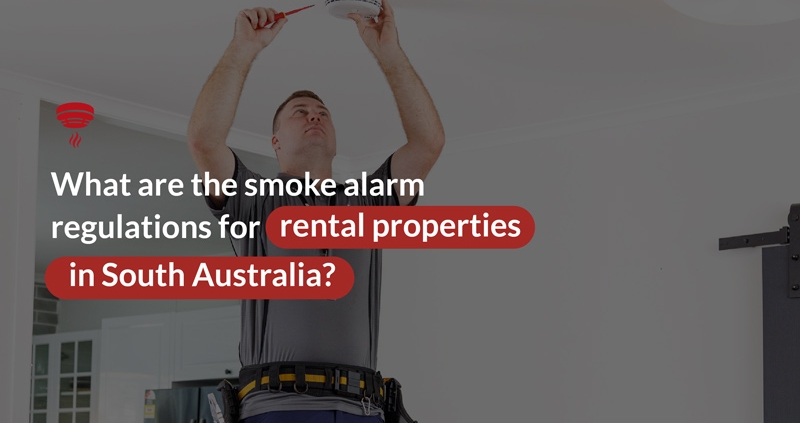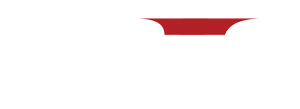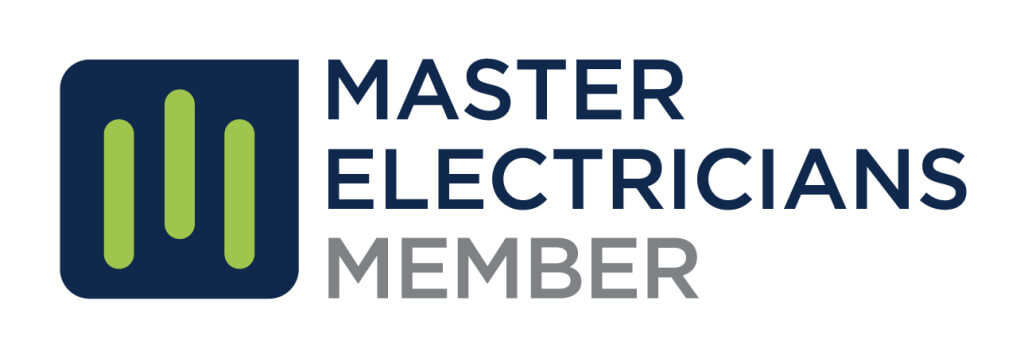What are the smoke alarm regulations for rental properties in South Australia?
As a landlord in South Australia, it’s important to know the regulations surrounding smoke alarms in your rental properties. Not only is it the law, but more importantly, it’s a matter of safety for your tenants.
You may be aware that all homes in South Australia must have smoke alarms installed, but it’s also a legal requirement for landlords to ensure that smoke alarms are installed and properly maintained in all rental properties. This includes both battery-operated and hardwired alarms, and they must be located in the right places to ensure maximum protection in the event of a fire.
“If you haven’t updated the way you test, maintain and replace smoke alarms in your property, the time is now,” says Smoke Alarm Testing Services National Operations Manager Amber Mckenzie.
“We still run into properties each week that have failed to have their smoke alarms tested and maintained on a proper schedule.
“With the amended regulations and the modern standards expected by tenants, it’s just not enough.”
What does the smoke alarm legislation say in South Australia?
The smoke alarms installed in South Australia must meet the requirements of Australian Standard AS 3786, Smoke Alarms, with installation being the responsibility of the landlord.
Since January 1, 1995, smoke alarms have been required in all new homes in South Australia. Alarms should be hard-wired to the 240-volt mains power supply. They should also be fitted with a back-up battery.
In homes not connected to mains power, smoke alarms powered by 10 year life, non-replaceable, non-removable, permanently connected batteries may be installed.
For existing dwellings, as a minimum requirement all homes with building approval granted prior to January 1, 1995, are required to have a smoke alarm with a replaceable battery.
This regulation is subject to change of ownership conditions that say after February 1, 1998, if there is a change of ownership, the new owner must – within 6 months – install smoke alarms that are either hard-wired to the 240-volt household power supply or powered by 10 year life, non-replaceable, non-removable, permanently connected batteries if they don’t have mains power.
Compliance was required by January 1, 2000, for this.
From May 1, 2014, if you have multiple smoke alarms in a new property they must be interconnected, and in any new extensions to buildings which require more than one alarm.
Mckenzie recommends all landlords install interconnected, photoelectric mains-powered smoke alarms.
“Photoelectric smoke alarms detect larger smoke particles and are most effective in detecting the types of fires that commonly affect homes,” she says.
“Research says they are by far the most effective at detecting fires and saving lives.”
Where should smoke alarms be installed?
The regulations require that one or more smoke alarms must be installed in every dwelling in areas that will provide reasonable warning to occupants of sleeping areas.
Smoke detectors should be placed in:
- Hallways near bedrooms
- If bedrooms are in different parts of the house, you must have alarms in each location
- If there are no hallways connecting bedrooms, alarms must be installed between the part of the home containing the bedroom and the rest of the house
- Each level of your home, even levels without bedrooms
Mckenzie says smoke alarms shouldn’t be installed in areas that trap hot air, or near windows, doors, fans or air conditioners, which can stop smoke from reaching the alarm.
“Places such as high up in cathedral-style ceilings, the corner of walls and ceilings, or between exposed floor joists can be a real problem,” she says.
“You should also avoid spots that may cause false or nuisance alarms. Areas in or near bathrooms and kitchens can cause false alarms with steam or cooking. And sometimes tenants tend to disconnect them if they cause too many false alarms, which is a big problem.”





